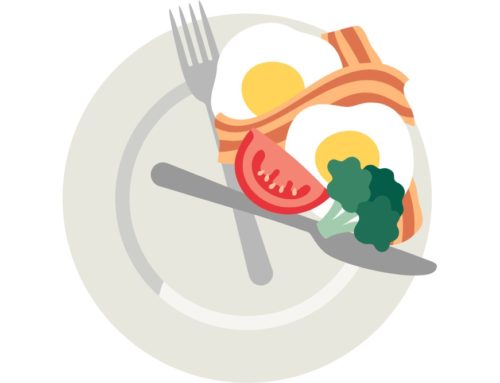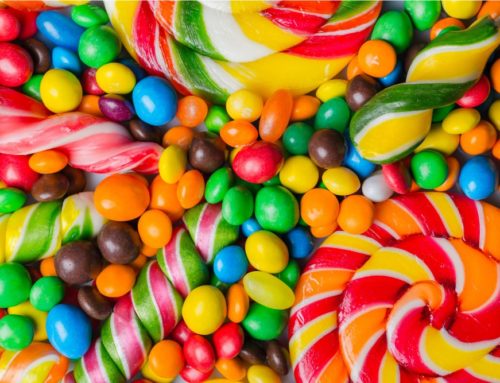What Is A Dysphagia Diet and How Can It Help?
Dysphagia is a condition that affects an individual’s ability to swallow. For some, only certain foods or liquids are difficult to swallow, while others can’t swallow any at all. Several conditions can cause dysphagia, including strokes, Parkinson’s, brain tumors, esophageal cancer, or tuberculosis. Those with this disorder require a dysphagia diet for easier eating and less risk of aspirating anything into their lungs.
At Fairview Rehab and Nursing Home in Queens NY, we provide swallowing therapy to help those with dysphagia relearn how to chew and swallow their food. We offer several exercises designed to strengthen the mouth, tongue, and throat muscles, and re-learn breathing control during swallowing. We offer inpatient and outpatient speech and swallowing therapy for those with dysphagia to ensure their meals are eaten as safely as possible. A proper diet is also essential, which we’ll discuss more below.
What Is A Dysphagia Diet?
Those with dysphagia can’t eat just anything without risking choking or aspirating it into their throat or lungs. To prevent this, a dysphagia diet is created, depending on the individuals swallowing needs. There are four different meal levels for those with dysphagia.
Level 1 consists mainly of pureed meals that are smooth and easy to swallow. Level 2 is soft, cooked, and mashed foods. Soft-solid foods make up Level 3 meals, while those in Level 4 can eat more solid options. Each diet plan includes all four food groups to ensure you’re getting a healthy meal without risking your safety.

Foods to eat
The foods you can eat when on a dysphagia diet vary depending on the current level. For those in Level 1, you can eat a variety of pureed foods. This includes poultry, fish, potatoes, cooked cereals, vegetables, noodles, and eggs. Cold pureed foods, like fruit and cottage cheese, as well as plain yogurt and smooth pudding, are also part of this diet.
When in Level 2, the foods you can eat need to be soft, cut small, and easy to chew. These include a variety of minced meats, poultry and fish, cooked cereals, pancakes, buttered noodles, veggies, and scalloped apples. You can also eat creamed or pureed soups, minced or mashed fruit, yogurt, milkshakes, and custard.
Those in the third level of the dysphagia diet can eat ground or diced foods cut into 1/4-inch pieces. Ground fish, poultry, meatballs, potatoes, noodles, skinless baked potatoes, canned veggies, and French toast are part of this meal plan. Ice cream, ripe bananas, custard, fruit yogurt, milk, and lemonade are also tasty additions.
For Level 4, you can eat more solid foods, though still cut small to about ½-inch pieces. The softer foods are best, including canned fruits, veggies, and soups, as well as pasta, and chopped meats. Fruit ice, ice cream, cream cheese, and milkshakes are acceptable as well.
There are several foods to avoid when you’re on a dysphagia diet. Anything hard, like chips, French fries, hard candy, uncooked vegetables and fruits, dry cereal, and granola bars shouldn’t be eaten. You should also avoid anything too chunky, especially in the early levels, as well as sticky nut butters. Soft, chewy bread and desserts can also be difficult for those with dysphagia to swallow.
This article contains informational and educational materials and does not replace health or medical advice. For questions or concerns regarding your medical condition or health objectives, speak to a qualified physician or healthcare provider.






Leave A Comment